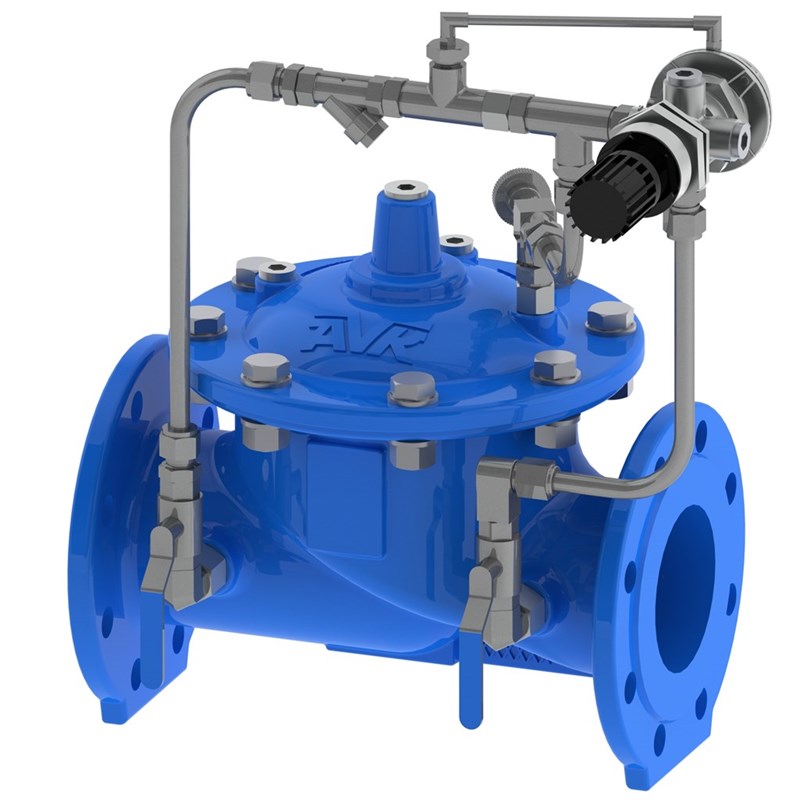Selecting the Right Control Valves: A Guide to Optimal System Efficiency
Selecting the Right Control Valves: A Guide to Optimal System Efficiency
Blog Article

Maximize Power Cost Savings and Convenience With Advanced Building Automation Controls
In the world of modern style and center management, the combination of innovative structure automation manages stands as a critical innovation. By using the power of automation, buildings can adapt, respond, and evolve in ways that were when unbelievable.
Power Performance Advantages
Energy efficiency benefits can significantly minimize energy consumption and functional expenses in structures. Energy-efficient systems, such as innovative building automation controls, can enhance the use of resources like air conditioning, lighting, and home heating, leading to reduced energy expenditures over time.
Additionally, enhanced power performance can lengthen the lifespan of building tools and systems. By running more effectively, HVAC systems, lighting fixture, and various other building parts experience less damage, leading to minimized upkeep and replacement expenses. Additionally, energy-efficient structures frequently command higher home values and rental rates, providing long-lasting monetary advantages to proprietors.
In addition, power performance can improve resident convenience and productivity. Appropriately controlled indoor settings with ideal lights and thermal problems produce a more positive and favorable work space, causing boosted worker contentment and performance. Generally, the energy performance benefits connected with innovative building automation controls are diverse, encompassing expense savings, ecological stewardship, and passenger well-being.
Enhanced Convenience Control
Enhancing comfort control in structure environments requires an advanced combination of innovative automation systems for optimal occupant health. By using innovative building automation controls, centers can tailor the interior setting to satisfy the certain demands and choices of passengers. These systems make it possible for accurate guideline of temperature level, air flow, and lights, creating a productive and comfortable ambience. Occupant fulfillment and performance are very closely linked to thermal convenience, making it vital to have systems in area that can adapt to transforming problems in real-time.
Improved convenience control goes past basic temperature adjustments. It consists of functions such as personalized setups, tenancy sensors, and natural light use to produce a receptive and vibrant environment. By including these advanced controls, buildings can not only boost convenience however also improve energy efficiency by enhancing system procedures based on actual tenancy and usage patterns. Inevitably, focusing on passenger convenience via sophisticated automation systems brings about a more satisfying and healthier indoor environment.
Functional Effectiveness Improvements

Furthermore, the implementation of real-time surveillance and analytics tools enables structure operators to determine energy inefficiencies and functional anomalies without delay. By constantly keeping an eye on energy use patterns and system performance metrics, adjustments can be made in real-time to enhance energy intake and make certain peak look at this website operational effectiveness. control valves. Furthermore, including demand response methods into building automation controls can better improve functional efficiency by dynamically changing power usage based upon grid conditions and prices signals
Indoor Environment Optimization
Reliable indoor environment optimization is a fundamental element of building automation controls, ensuring owners' comfort and wellness while making the most of power savings. By utilizing sophisticated sensors and controls, constructing automation systems can constantly keep an eye on and readjust temperature, humidity levels, air high quality, and air flow to develop an optimum interior setting. Keeping consistent and comfortable problems not only improves passenger contentment but additionally improves productivity and general well-being.
Interior climate optimization additionally plays an important function in energy performance. By fine-tuning heating, air flow, and cooling systems based upon real-time information and tenancy patterns, developing automation controls can dramatically lower power why not check here usage - control valves. As an example, executing methods such as demand-controlled ventilation and thermal zoning can help decrease power waste while making certain that each location of the building gets the required conditioning.

Lasting Atmosphere Creation
Structure automation controls not just enhance interior environment conditions for power efficiency and occupant comfort yet additionally lay the foundation for creating a sustainable environment through tactical management of resources and systems. By integrating advanced structure automation innovations, such as sensing units, actuators, and intelligent software program, facilities can readjust and monitor power use in real-time to reduce waste and lower their carbon footprint. These systems make it possible for predictive maintenance, determining possible problems prior to they intensify and maximizing devices efficiency to improve longevity and performance.
Additionally, sustainable setting development extends past energy monitoring to encompass water preservation, waste decrease, and indoor air high quality renovation. Structure automation controls can regulate water usage, detect leaks, and make certain correct waste disposal practices, adding to general sustainability initiatives. In addition, by controlling and keeping an eye on ventilation and purification systems, these innovations boost passenger health and wellness and productivity while decreasing power consumption connected with heating and cooling operations.
Conclusion
To conclude, progressed building automation regulates offer substantial advantages in terms of power savings, comfort control, operational effectiveness, interior environment optimization, and creating a sustainable atmosphere. By carrying out these controls, structures can achieve ideal performance while minimizing power usage and improving owner convenience. It is apparent that the use of advanced automation modern technology is critical in boosting structure performance and producing an extra sustainable future.
Energy performance advantages can considerably reduce power usage and functional costs in structures. Generally, the power efficiency advantages associated with sophisticated building automation controls are multifaceted, including price financial savings, ecological stewardship, and owner well-being.
In addition, including need response approaches right into structure automation controls can better boost operational efficiency by dynamically changing energy usage based on grid conditions and prices signals.
Structure automation regulates not just maximize interior environment conditions for energy effectiveness and occupant comfort but internet likewise lay the structure for developing a sustainable atmosphere via calculated management of sources and systems.In verdict, advanced building automation controls offer significant advantages in terms of energy cost savings, convenience control, operational performance, interior climate optimization, and creating a sustainable setting.
Report this page